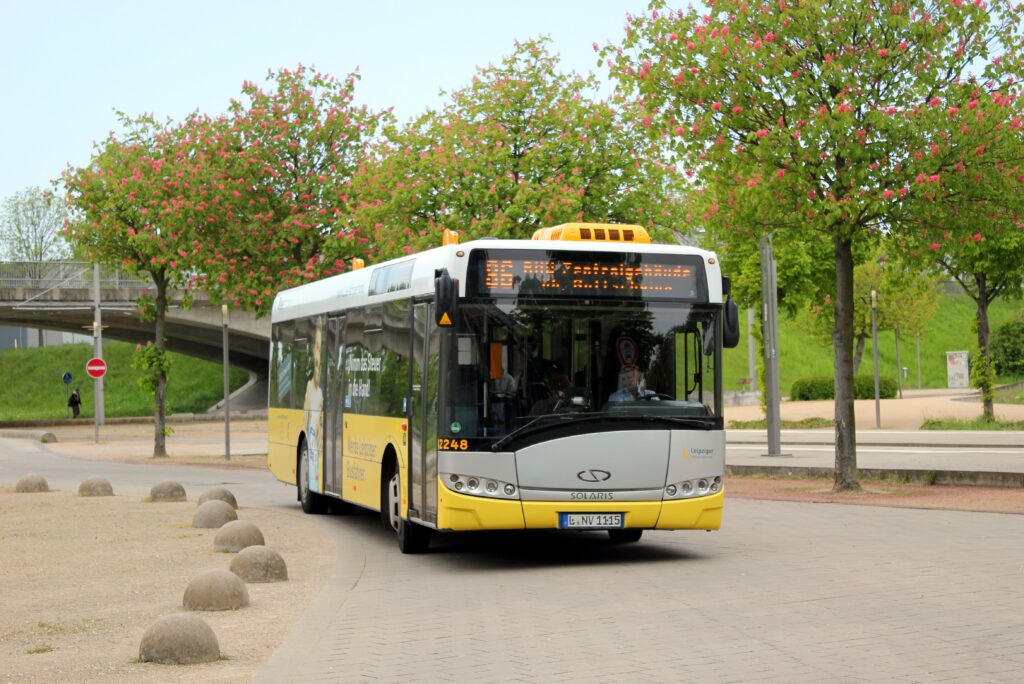What can public transport do to support sustainable workplace mobility?
Predominant car-traffic infrastructure, shortage of public transport services, and hostility to active mobility are challenges that many cities face at the periphery of their cities. To support sustainable workplace mobility, public transport can develop a key role when planning for low-carbon mobility offers beyond administrative boundaries, as the general service area usually reaches into or covers the functional urban area (FUA). Thus, public transport operators can reach out to all important stakeholders and users, to understand their perspectives and needs. As mobility providers and planners, they have the expertise to co-develop solutions to mobility problems. This was realized in an integrated planning process at the level of the FUA in both Leipzig (DE) and Szeged (HU), based on a continuous dialogue with local companies in the planning areas, which resulted in the development of detailed action plans for sustainable workplace mobility for the two planning areas.
The close communication and interaction with their target group in the LOW-CARB project enabled the public transport operators LVB and SZKT and their partners to develop integrated measure packages that support attractive, intelligent, connected and, above all, intermodal mobility offers – from bus and rail, bicycle, and pedestrian traffic to sharing systems. Furthermore, the dialogue was used to create awareness and acceptance of existing low-carbon transport offers and to promote active mobility.
Find out more in the LOW-CARB recommendations for low-carbon mobility planning with companies in suburban areas (in EN).
And here is the way to all our other LOW-CARB resources including, e.g., our handbooks for low-carbon mobility pilots and strategies in all central European languages.

